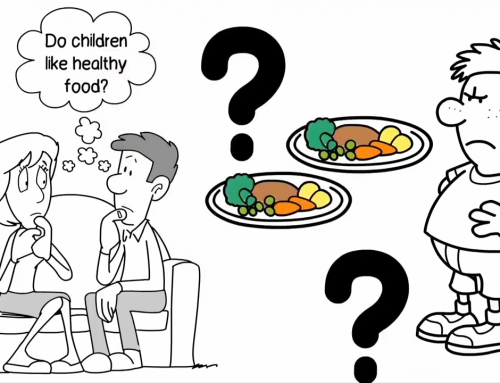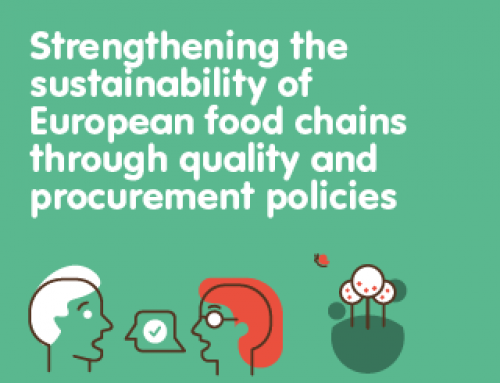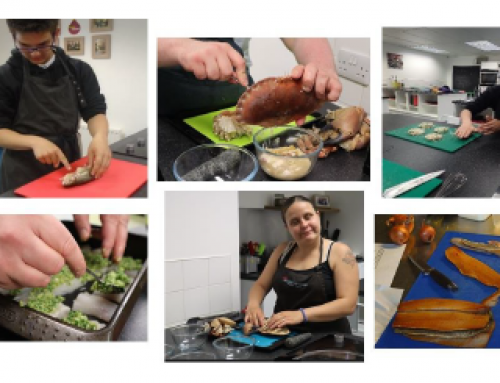Responsible Partner: CREDA
Authors: H. Ferrer-Pérez; M. Ben Kaabia and José M. Gil
Date of Publication: August 2018
The European Union (EU) has regulated the quality schemes for agricultural food products since the 1980s, with the objective of helping producers to communicate to buyers and consumers the specific characteristics of such products and farming attributes, giving the possibility to producers to offer a unique and differentiated product of higher quality, normally sold at a higher price. Nevertheless, most of the literature focuses on price premiums that consumers pay or are willing to pay. Moreover, no study has analysed the value generated along each stage of the food chain and to what extent farmers benefit from higher consumer prices. More importantly, no study has dealt with the issue of to what extent food quality schemes (FQS) have contributed to increase competitiveness of the food chain. Probably, the main reason for this lack of empirical literature is the scarcely available data to conduct such type of analysis. In fact, to our best knowledge, no data source exists that provides systematic and continuous price information, for both FQS and conventional products, at the two extreme stages of the food supply chain (producer and retail). Hence, more efforts should be oriented towards improving the monitoring and collection of this relevant information.
Task 4.3 of the Strength2Food project deals with price transmission for FQS by analysing existing datasets to complement the investigation undertaken in WPs 5 to 9. In particular, the main objective is to assess how prices for different FQS products are transmitted along the food marketing chain and the extent to which FQS have contributed to improve the price transmission mechanism (in the long-run) with reduced asymmetries (in the short-run). Deliverable 4.3reports the main results derived from the assessment of the adjustments of prices in the marketing chain for FQS products. The methodological approach considered in this study is based on the specification and estimation of a multivariate threshold autoregressive model. Our approach allows us to investigate if there are non-linearities (asymmetries) in the adjustment mechanism of prices.
In this study, we analyse three FQS products in two Mediterranean countries, Spain and Italy. For Spain, we examine two Protected Geographical Indication (PGI) products, “Ternera de Navarra” (beef from Navarra) and “Cordero de Navarra” (lamb from Navarra). For Italy, we analyse the Protected Designation of Origin (PDO) “Parmigiano Reggiano”.
The deliverable presents a comparison of the results for the FQS and conventional marketing chains. The information obtained may provide a wider view of the differences and similarities of the two chains. From the analysis, some conclusions are drawn on the extent to which European FQS products show a better transmission mechanism in the long-run and fewer asymmetries in the short-run, and hence more market efficiency. Note that the results derived here should be used with caution and limited to these case studies. Though the usefulness and importance of this analysis is beyond doubt, analysis on more protected products will be required to generalize the performance of European FQS.






